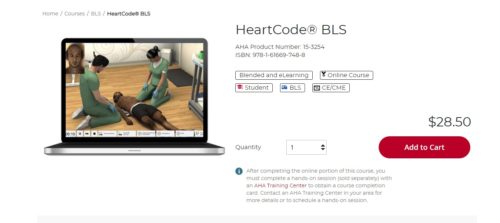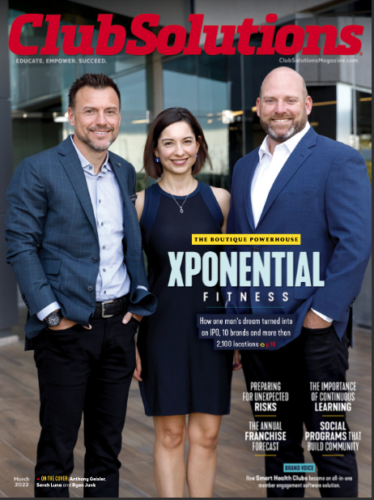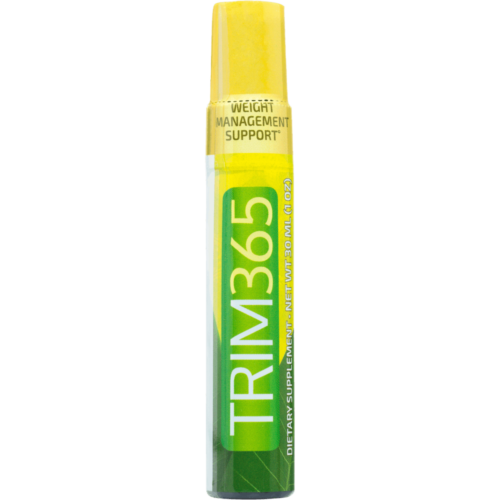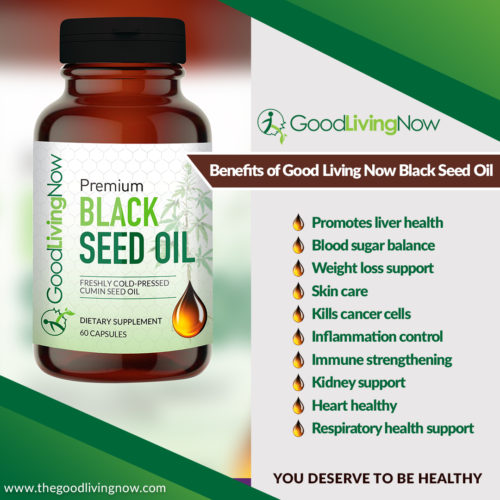
Blink’s new gyms in Philly show how fitness is surging
Blink’s new gyms.Are gyms the new Wawa?
Seems there’s a new one popping up every month in the region, often at a shopping center near you,
Like everything in retail, trends are cyclical, and indoor cycling is all the craze right now.
Since 2010, health clubs and fitness concepts have grown about 3.8 percent a year, according to the International Health, Racket and Sportsclub Association (IHRSA). But a more telling figure is that from 2012 to 2015, memberships in small, specialized boutique gyms and niche fitness studios expanded 70 percent while membership in traditional health clubs grew just 5 percent.Chalk it up to millennial consumers, experts say.
Blink Fitness — which up to now has had gyms exclusively in the New York Metro area — debuted at a pair of Philadelphia shopping centers last week, building on the momentum started by SoulCycle (with new gyms at Suburban Square shopping center and Center City) and CycleBar, which recently opened studios in Exton and North Wales and at the Plymouth Meeting Mall.
“The time was right to finally enter the great city of Philadelphia,” said Blink’s president, Todd Magazine, who said he works out with a Blink personal trainer twice a week (he pays for his own Blink training packages). His wife, Emily, a triathlete, runs marathons for fun. The couple reside in Mendham, N.J., with their three daughters.
Blink has opened 53 gyms in New York, the first one in Manhattan in 2011. Magazine, 53, said he kept his eye on the City of Brotherly Love, and with the infusion of millennials and empty nesters moving downtown, the numbers finally made sense.
“The demographic and psychographic similarities [matched] markets where we have had great success,” he said while in town last Monday for the Blink gym studio opening at Whitman Plaza in South Philadelphia. Another one opened three days later at Shelly Plaza in Northeast Philly.
The studios, such as a SoulCycle or Orangetheory Fitness, average 3,000 to 5,000 square feet and offer more personal attention and less intimidation than some of the larger gyms. But a full-service, 15,000-square-foot gym like Blink offers something else uncommon for its scale: affordability.
Monthly membership ranges from $15 to $20. (The latter allows access to all Blink gyms, excluding the ones in Manhattan.)
There’s another hook: Blink wants you to feel good about yourself. Looks come next.
“Blink puts `mood above muscle’ as our brand philosophy,” Magazine said. “Our focus is how fitness makes you feel more than the way it makes you look.”
No coincidence that Blink staff are called “mood lifters,” as their work shirts say.
Blink serves many types of customers, from the novice to the experienced exerciser. “I find it especially inspiring to visit our gyms and see the diversity of people working out right next to one another.
“Health is clearly the new wealth,” he said. “It used to be only among the well-to-do, but has penetrated a much broader part of society. Access to information, advances in science, and lower-priced options are probably the biggest drivers of this. And people want to feel better on a daily basis, and exercise provides that.”
For landlords at shopping centers, the studios and gyms are arriving at a good time. As traditional brick-and-mortar stores are bleeding foot traffic and sales to e-commerce, the SoulCycle, Orangetheory, and Blink chains offer an experience that still attracts flesh-and-blood consumers.
One still can’t sweat, meditate, dance, or kick box to the same degree over the internet. The narrowly defined fitness concepts are all about interaction and personalization, and trainers for an additional cost play a central role in most.
“At the most basic level, landlords are filling space,” said Garrick Brown, vice president of Retail Research of the Americas for Cushman & Wakefield. “This is all about property owners looking for viable tenants at a time in which about half of the retail categories out there” — apparel, department stores, office supplies, sporting goods, books, music, video, consumer electronics, and others — “are in contraction mode.”
And landlords want growing sectors, such as “discounters, off-price apparel, dollar stores, health and beauty concepts, food, beverage, and entertainment concepts … and health and fitness.”
According to IHRSA, the number of Americans with active health or fitness club memberships stands at 57.3 million. That breaks down to roughly 18 percent of Americans, an annual average 3 percent gain since 2012.
Magazine is focused on growing what he calls Blink Nation. Its gyms are clean, open, and bright, and use colors that he contends are scientifically proven to lift your mood. The company opens its first gym in Los Angeles in December. It has franchise agreements in Boston, central New York and Long Island in the works.
He foresees opening 15 to 20 or more locations in the Philadelphia area. Leases have been signed in Wissinoming and Willingboro. Magazine was scouting for new sites in the area last week.
Goals are 70 Blink gyms by the end of the year, up from 55, and 300 within five years.“There were clearly other value gyms in the market before Blink, but many of their members were dissatisfied with the experience,” he maintained. “Customer service was poor, the gyms were crowded and dirty, and equipment took weeks to get repaired.
“Our mission is to `change lives in a Blink.’ We don’t just open gyms; we change lives and improve the quality of the communities we serve.”










































































